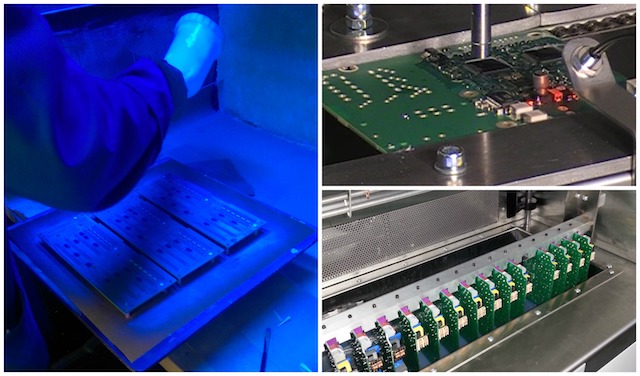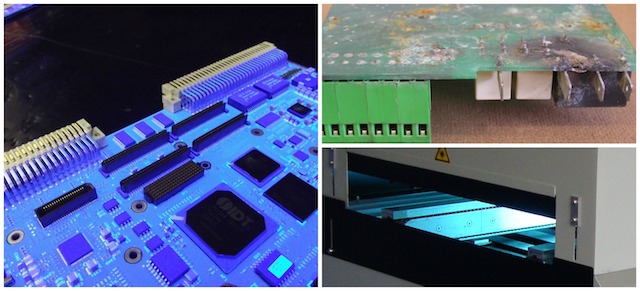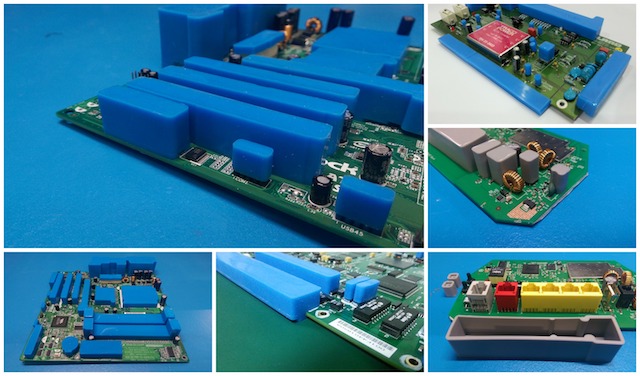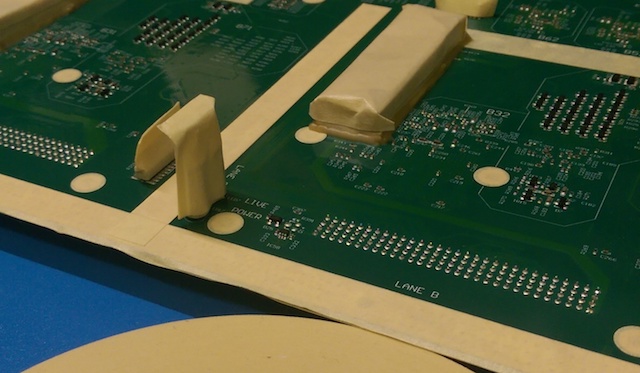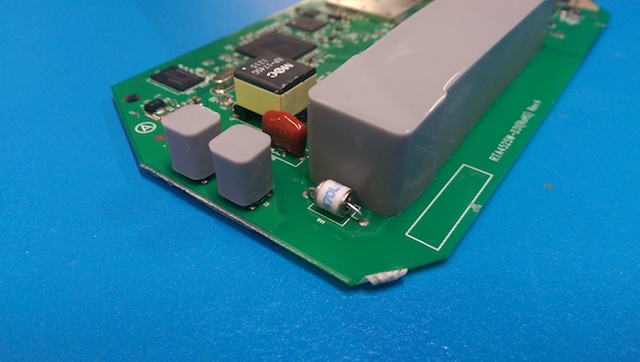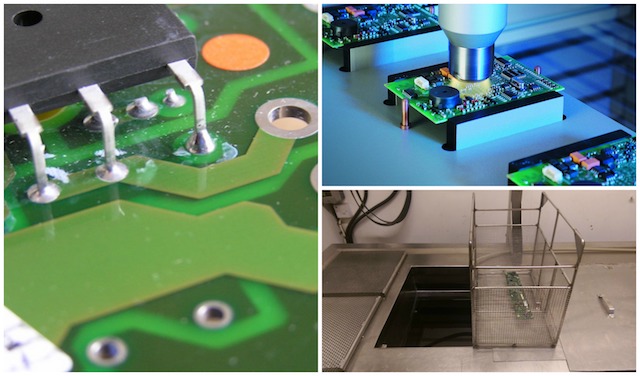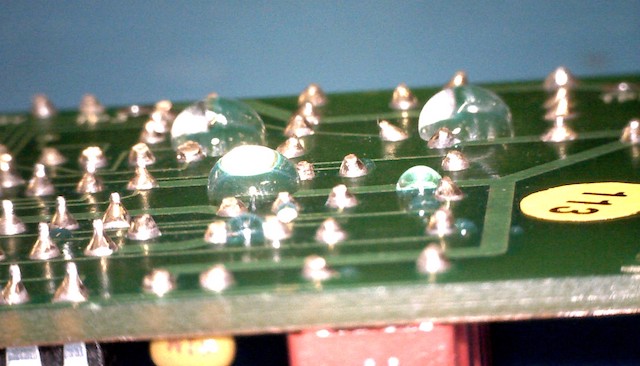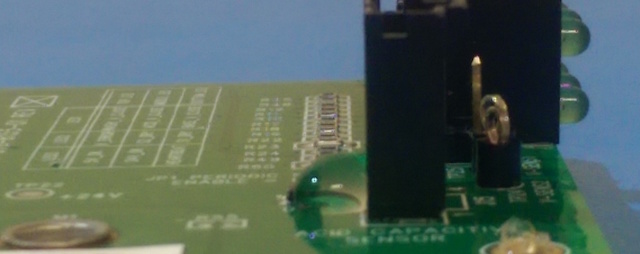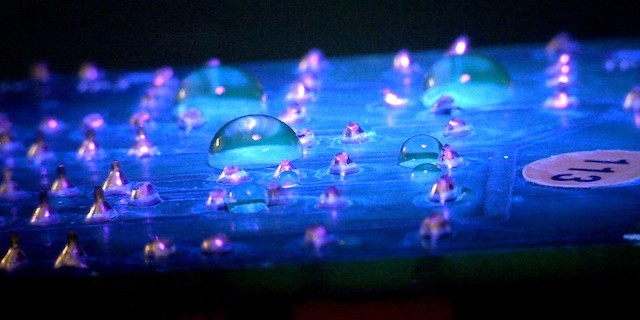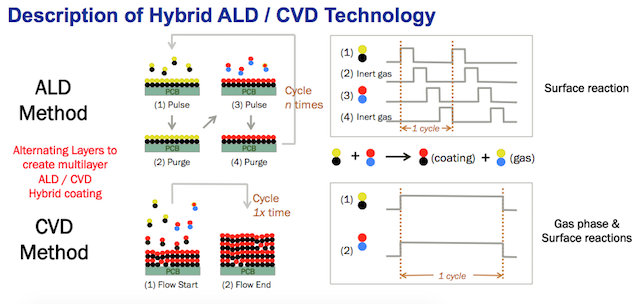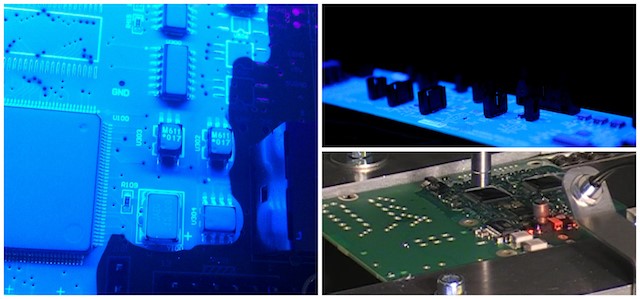Conformal coating masking boots reduce mistakes in processing
Using conformal coating masking boots means less mistakes in handling and coating printed circuit boards (PCBs).
The simple reason is that when using tape there is a higher level of skill involved in applying it to the printed circuit board. When placing a boot over a component it is a lot simpler. Therefore, the conformal coating is less likely to leak.
Three reasons conformal coating masking boots save you money
Here are three simple reasons that can save you up to 80% of your costs when using reusable masking boots compared to other conformal coating masking methods:
- Masking time is reduced because using boots can be 4-5 times quicker than masking tape.
- De-masking time is reduced since it is much quicker to remove boots
- Masking boots don’t leak. Therefore, there is less repair due to masking mistakes.
This means you can save a lot of money very quickly when switching to masking boots.
Call us on +44 1226 249019, email us at sales@schservices.com or click contact us to send us your requests.
Links
- Materials for conformal coating masking
- Custom boots for conformal coating masking
- Tapes for conformal coating masking
- Dots for conformal coating masking
- Custom tape shapes for conformal coating masking
- General masking FAQs for conformal coating
- Tapes FAQs for conformal coating processing
- Dots FAQs for conformal coating processing
- Custom boot FAQs for conformal coating processes
- Custom masking shape FAQs for conformal coating processes

